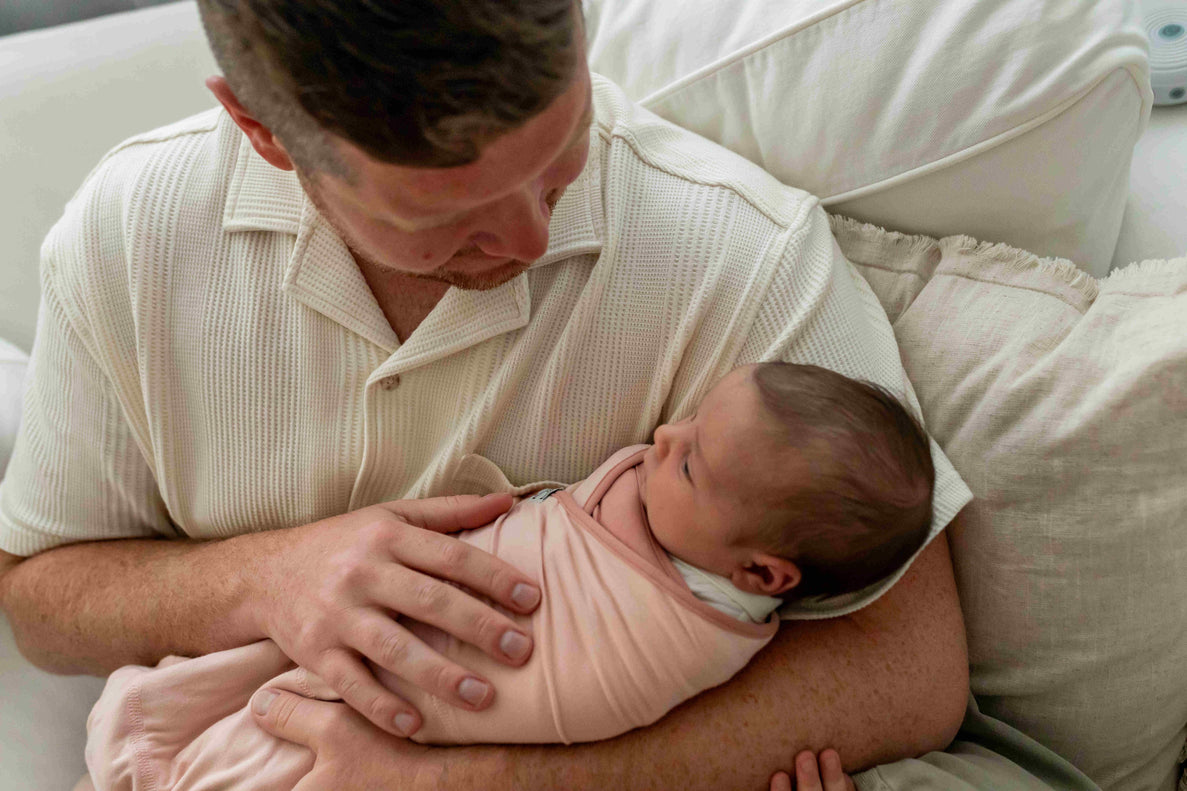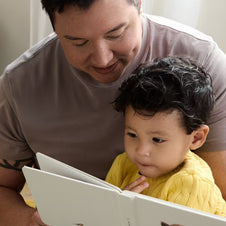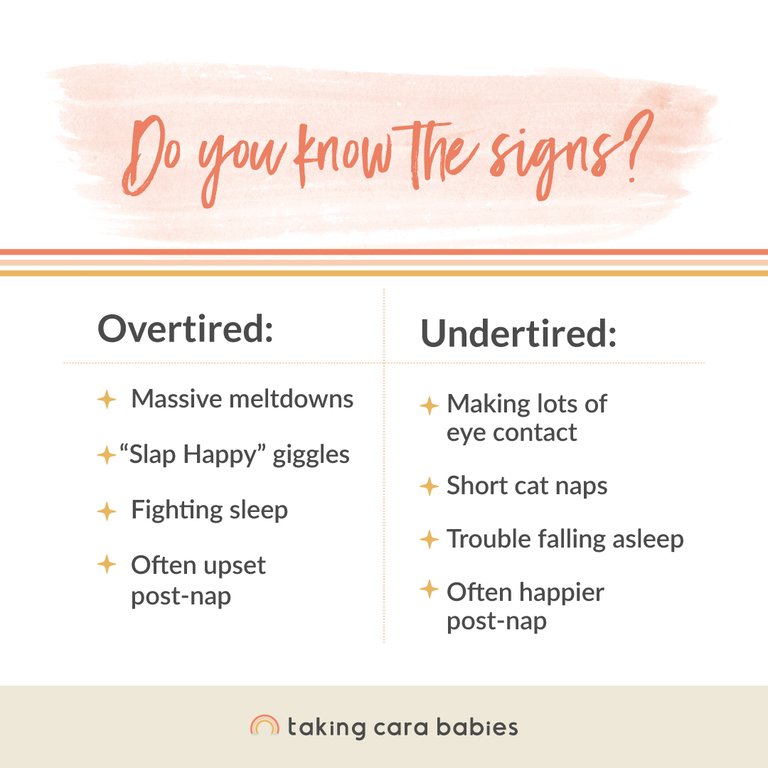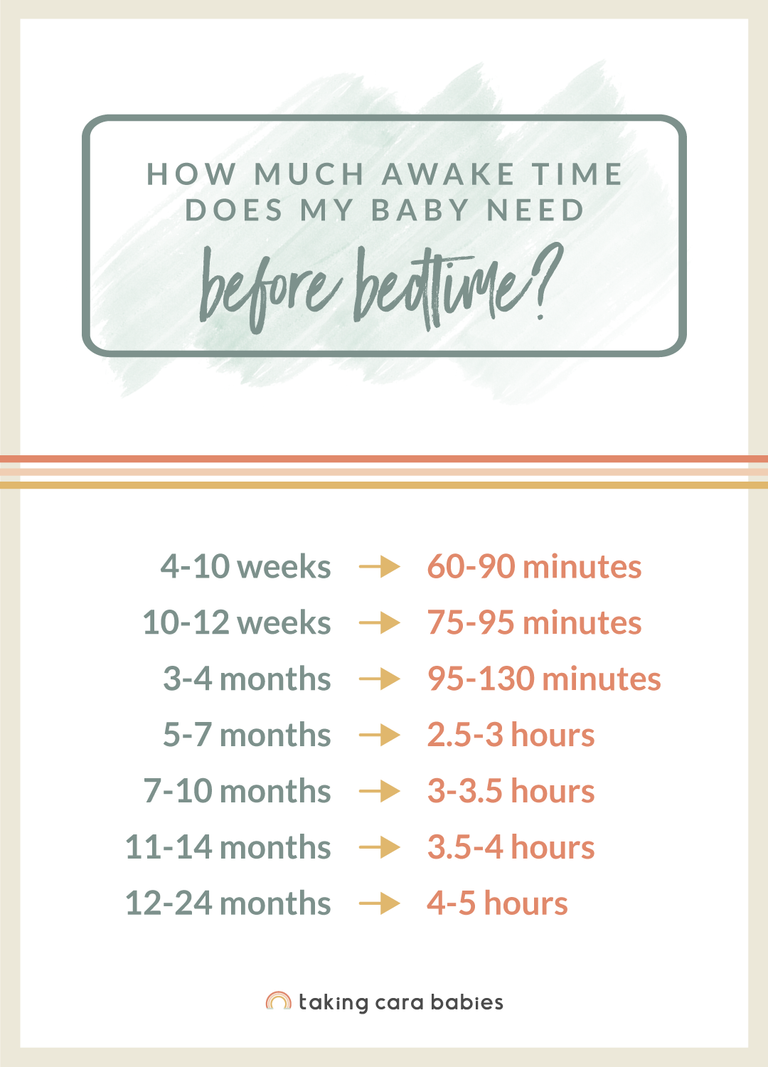Does your baby ever treat bedtime like a nap? You lay them down for bed just for them to wake up 30 minutes later. This is called a false start bedtime. Let’s talk about why some babies wake up after 30-45 minutes and how to fix false start bedtimes.
Taking Cara Babies Classes
What is a false start bedtime?
A false start bedtime is when you put your baby to sleep for bedtime and then 30-45 minutes later...surprise, “I’m awake! I’m all done sleeping.” If you’ve seen this, you know it can be really tough and so frustrating.
What causes false start bedtimes? How do I fix false start bedtimes?
Let’s talk about why false start bedtimes might be happening for your little one. Here are some common reasons babies have false start bedtimes:
1. Your baby is younger than 3-4 months and simply needs a later bedtime.
At this age, false starts can be common. For babies who have a bedtime of 7:00-8:00 pm, they might even be treating that bedtime like a nap. This is developmentally normal. Many babies at this age just need a later bedtime.
How do I fix this? For now, allow a little nap in the early evening, have some awake time, and then aim for an 8:00-10:00 pm bedtime.
Expert Tip: Keep in mind that as babies get closer to 5 months, I do encourage a bedtime between 7:00-8:00 pm. A later bedtime is just for babies younger than 5 months.
If you’re struggling with getting your baby to sleep, my Newborn Sleep Bundle lays everything out with all my best tips and leads you step-by-step towards sleep success. I can help you lay a healthy foundation that will make your baby a great little sleeper without any crying.
2. Wake windows need adjusting.
Wake windows are so important in helping your baby fall asleep easily and stay asleep. Why? Often, overtired babies wake frequently in the night. On the flip side, babies who aren’t tired enough can also have false start bedtimes. They are tired enough to fall asleep but not enough to stay asleep.
To know which is more likely, examine your wake windows and know the signs:
How do I fix this? Assess your wake windows to make sure your baby has an age-appropriate sleep schedule. Be sure to examine your wake window before bedtime very carefully. Because wake windows are often shorter in the morning and grow throughout the day, that wake window before bedtime is typically on the longer end of the age-appropriate range. Here’s an easy way to check on that last wake window:
3. The day is starting too late.
If you're aiming for a 7:00-8:00 pm bedtime and your day started after 8:00 am, your baby may not be ready for night sleep. Most little ones need daytime to last about 12-13 hours (including naps).
How do I fix this? Try waking your baby just a little earlier. That earlier morning will give your baby more active awake time and help set the stage for restful night sleep. I recommend starting the day between 6-8am.
Expert Tip: If your baby is waking before 6:00 am, we call that an early morning waking.
4. Your baby is falling asleep during the bedtime feeding.
A good feeding before bed is an important part of getting in those much-needed daytime calories. But, can I tell you a secret? Falling asleep during a bedtime feeding can actually cause false start bedtimes. Although your baby may still be tired enough to fall asleep at bedtime, they may not be tired enough to stay asleep for long.
How do I fix this? Do your best to keep your baby awake during feedings. You can try shifting that feeding earlier in the bedtime routine, keeping the lights on and the sound machine off while feeding, and even try offering the feeding in a different room. Do whatever you can to show your baby that feeding is part of awake time.
5. Baby is going into the crib very drowsy or completely asleep.
What did your little one look like when you placed them in the crib? Was your baby really drowsy or completely asleep? Here is what I want you to know: About every 40-50 minutes, babies transition to a new sleep cycle.(1) If they are really drowsy or asleep going into the crib, they come to the top of sleep cycle and think “WAIT! This isn’t where I was when I fell asleep. I don’t know how to get back to sleep.”
How do I fix this? Know that falling asleep independently can be really helpful for these false start bedtimes. If your baby struggles to fall asleep on their own, all of my classes teach you how to help your baby fall asleep independently at bedtime.
Should I feed my baby after a false start bedtime?
Even when you are actively working to resolve false start bedtimes, they can still happen. I want you to do what is safe and easy to get your baby back to sleep after a false start. This may mean going into your baby’s room to replace the pacifier quickly, or picking them up and rocking or bouncing them back to sleep before laying them back down.
Offering your baby a feeding is not necessary for hunger; your baby just had a feeding during their bedtime routine. But, if offering a feeding is the only way to get your little one back to sleep, that’s okay.
If feeding is the only way to ever get your baby to sleep or back to sleep, my classes can help. I’ll teach you baby sleep strategies that will meet your baby exactly where they are developmentally, help you lay a healthy sleep foundation, and give you the tools to resolve these false start bedtimes.












